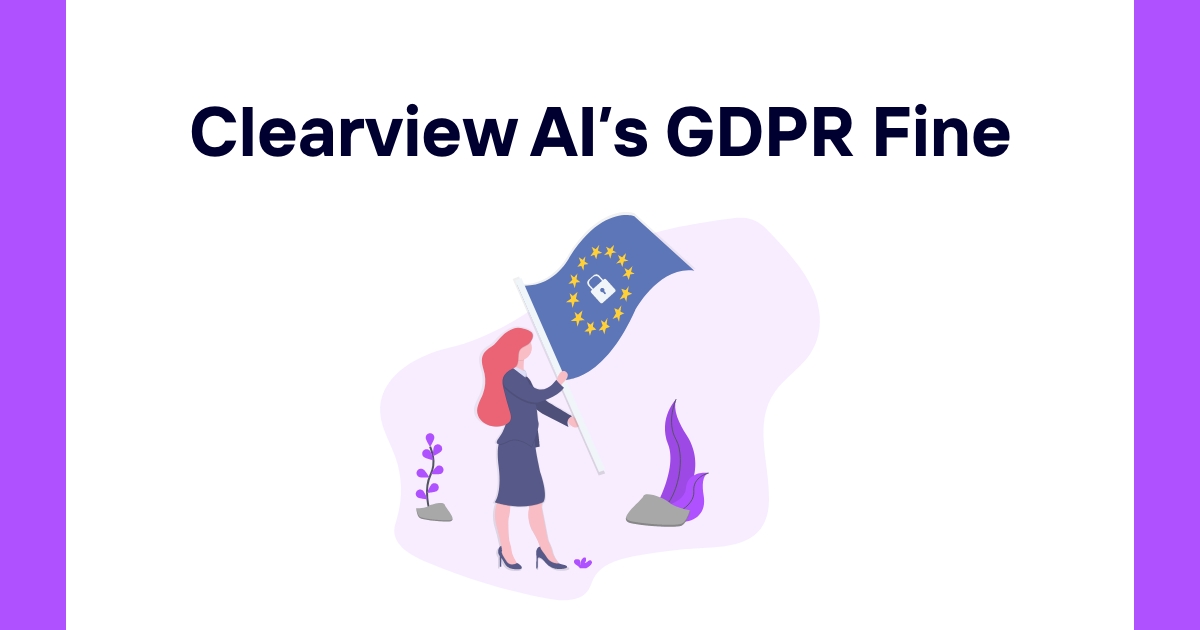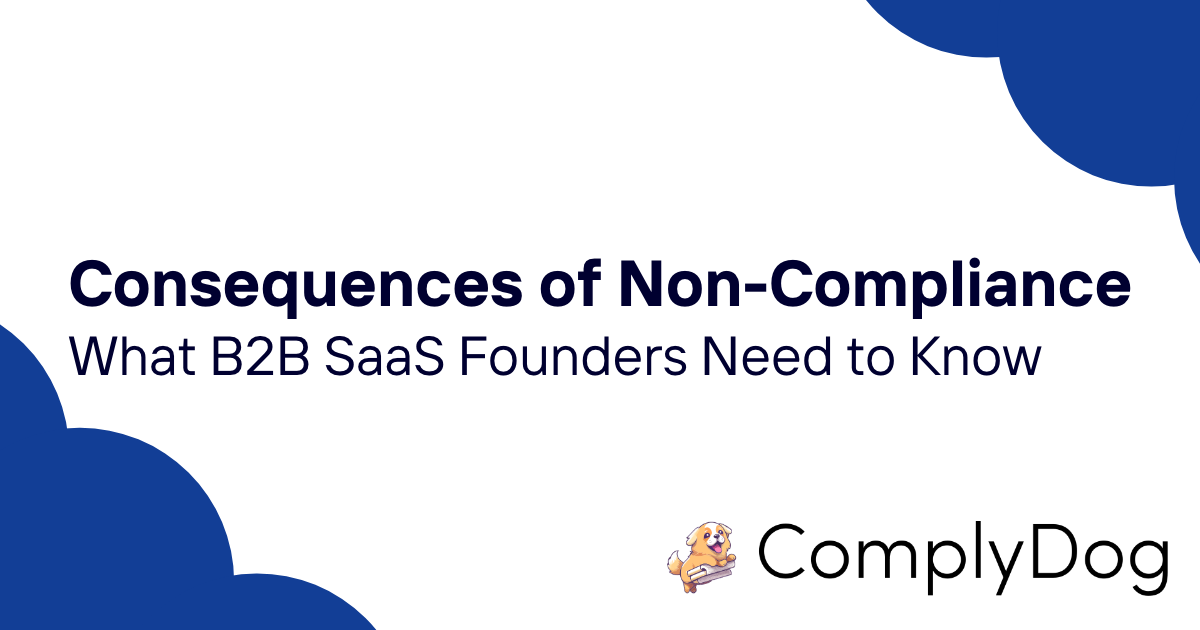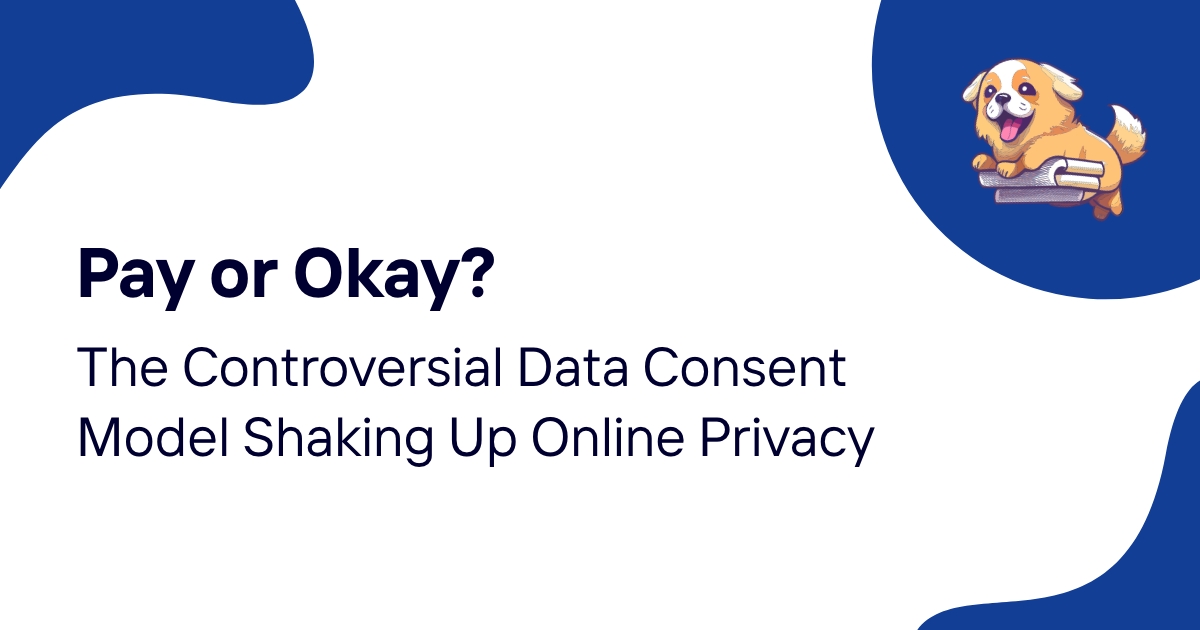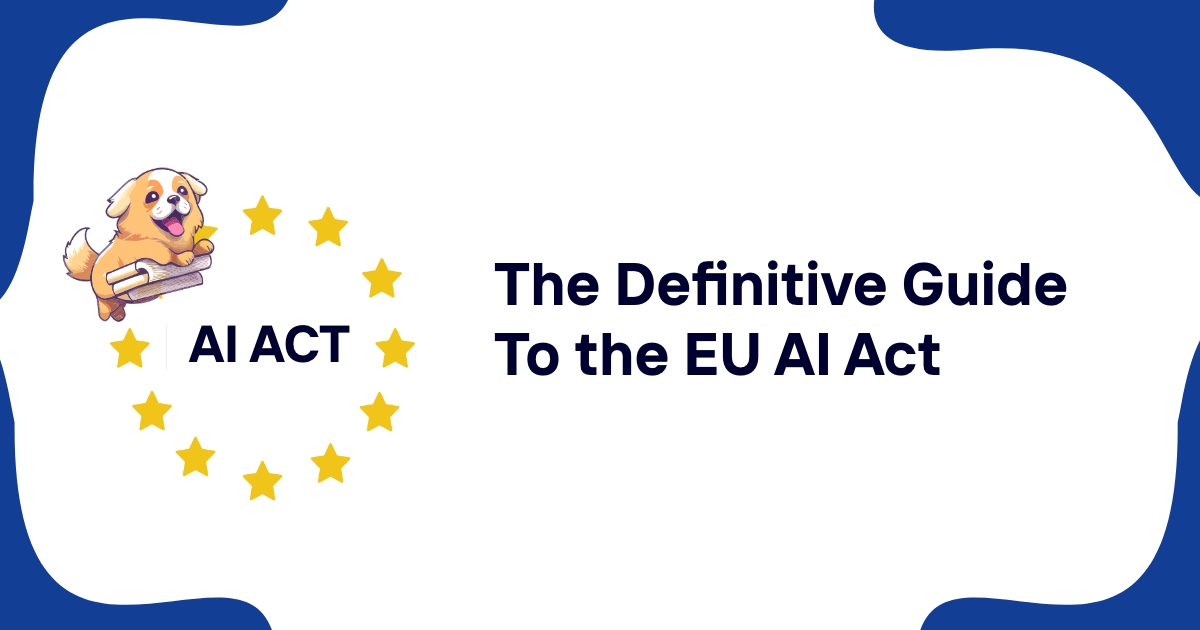Introduction
In a landmark decision that sent shockwaves through the tech industry, Clearview AI, a facial recognition startup, faced a substantial €30.5 million ($33.7 million) fine from the Dutch Data Protection Authority (DPA) for violating the General Data Protection Regulation (GDPR). This case highlights the critical importance of data privacy compliance and the severe consequences of failing to adhere to regulations. As businesses navigate the complex landscape of data protection, understanding the implications of this ruling is crucial for avoiding similar pitfalls and ensuring robust privacy practices.
Table of Contents
- The Clearview AI Case: An Overview
- Key GDPR Violations by Clearview AI
- The Dutch DPA's Decision and Penalties
- Implications for Businesses and Data Controllers
- Facial Recognition Technology and Privacy Concerns
- Steps to Ensure GDPR Compliance
- The Role of Data Protection Tools in Compliance
- Global Impact and Future of Data Privacy Regulations
- Best Practices for Responsible AI and Data Use
- Conclusion
The Clearview AI Case: An Overview
Clearview AI, founded in 2017, developed a facial recognition system that scraped billions of images from public websites and social media platforms to create a vast database. The company's technology allowed users to upload a photo of an individual and receive matching images along with links to where these images appeared online. While Clearview AI marketed its product as a tool for law enforcement agencies to identify suspects, the company's practices raised significant privacy concerns.
The investigation into Clearview AI's operations began after multiple complaints from individuals and privacy advocacy groups. The Dutch Data Protection Authority, along with other European data protection agencies, launched inquiries into the company's data collection and processing activities.
Key GDPR Violations by Clearview AI
The Dutch DPA identified several critical violations of the GDPR in Clearview AI's operations:
-
Unlawful Processing of Personal Data: Clearview AI collected and processed biometric data (facial images) without a valid legal basis, violating Article 6 of the GDPR. The company did not obtain consent from individuals whose images were collected, nor did it have a legitimate interest that outweighed the privacy rights of data subjects.
-
Lack of Transparency: The company failed to adequately inform individuals about the collection and use of their personal data, breaching Articles 12, 13, and 14 of the GDPR. Data subjects were unaware that their images were being collected and used for facial recognition purposes.
-
Violation of Data Subject Rights: Clearview AI did not provide mechanisms for individuals to exercise their rights under the GDPR, including the right to access, rectification, and erasure of their data (Articles 15, 16, and 17).
-
Insufficient Data Protection Measures: The company did not implement appropriate technical and organizational measures to ensure the security of the personal data it processed, as required by Article 32 of the GDPR.
-
Absence of Data Protection Impact Assessment: Given the large-scale processing of special category data (biometric information), Clearview AI was obligated to conduct a Data Protection Impact Assessment (DPIA) under Article 35 of the GDPR, which it failed to do.
-
Non-Compliance with Data Transfer Regulations: The company transferred personal data outside the European Economic Area (EEA) without adequate safeguards, violating Chapter V of the GDPR.
The Dutch DPA's Decision and Penalties
Based on these violations, the Dutch Data Protection Authority imposed the following penalties on Clearview AI:
- A fine of €30.5 million ($33.7 million), one of the largest GDPR fines to date.
- An order to cease the collection and use of personal data of individuals in the Netherlands.
- A mandate to delete all data collected on Dutch residents from its database.
- A requirement to halt the sale or provision of access to its facial recognition database to Dutch companies.
Additionally, the DPA set a recurring penalty of €100,000 per day, up to a maximum of €5.1 million, for non-compliance with the order to delete data and cease operations in the Netherlands.
Implications for Businesses and Data Controllers
The Clearview AI case serves as a stark reminder of the severe consequences of non-compliance with data protection regulations. For businesses operating in the EU or processing data of EU residents, this ruling highlights several key points:
-
Strict Interpretation of Legal Basis: Data controllers must have a clear and valid legal basis for processing personal data, especially sensitive data like biometric information. Relying on vague notions of public interest or assumed consent is insufficient.
-
Importance of Transparency: Organizations must be open and clear about their data collection and processing activities. This includes providing easily accessible privacy notices and obtaining explicit consent where required.
-
Respect for Data Subject Rights: Companies must establish mechanisms to honor individuals' rights under the GDPR, including access, rectification, and erasure of personal data.
-
Cross-Border Data Transfers: When transferring data outside the EEA, businesses must ensure adequate safeguards are in place, such as Standard Contractual Clauses or binding corporate rules.
-
Proactive Compliance Measures: Conducting regular Data Protection Impact Assessments and implementing robust data protection measures are crucial for high-risk processing activities.
-
Cooperation with Authorities: The case underscores the importance of cooperating with data protection authorities during investigations and complying with their directives.
Facial Recognition Technology and Privacy Concerns
The Clearview AI case brings to the forefront the ongoing debate about the use of facial recognition technology and its implications for privacy:
-
Biometric Data Sensitivity: Facial recognition involves processing biometric data, which is considered a special category of personal data under the GDPR. This requires heightened protection and stricter compliance measures.
-
Scope of Data Collection: The indiscriminate collection of facial images from public sources raises questions about the boundaries of privacy in public spaces and online platforms.
-
Consent and Control: The case highlights the challenges in obtaining valid consent for large-scale data collection, especially when data is scraped from public sources.
-
Purpose Limitation: There are concerns about the potential misuse of facial recognition databases, extending beyond their stated purposes.
-
Algorithmic Bias: Facial recognition technologies have been criticized for potential biases, particularly in recognizing individuals from diverse ethnic backgrounds.
-
Chilling Effect on Society: Widespread use of facial recognition can lead to a sense of constant surveillance, potentially impacting individuals' behavior and freedoms.
Steps to Ensure GDPR Compliance
To avoid similar penalties and ensure compliance with the GDPR, businesses should take the following steps:
-
Conduct a Data Audit: Regularly review what personal data is collected, how it's processed, and where it's stored.
-
Establish a Clear Legal Basis: For each data processing activity, identify and document the legal basis under Article 6 of the GDPR.
-
Enhance Transparency: Update privacy policies and notices to clearly explain data collection and processing practices.
-
Implement Data Subject Rights Processes: Establish clear procedures for handling data subject requests, including access, rectification, and erasure.
-
Conduct Data Protection Impact Assessments: For high-risk processing activities, especially those involving new technologies or large-scale processing of sensitive data.
-
Review Data Transfer Mechanisms: Ensure appropriate safeguards are in place for any transfers of personal data outside the EEA.
-
Appoint a Data Protection Officer: Consider appointing a DPO to oversee compliance efforts, especially if processing large amounts of sensitive data.
-
Train Employees: Regularly educate staff on data protection principles and the importance of compliance.
-
Implement Data Protection by Design: Integrate data protection considerations into the development of new products and services.
-
Maintain Documentation: Keep detailed records of processing activities, consent mechanisms, and compliance efforts.
The Role of Data Protection Tools in Compliance
In light of the complex requirements of the GDPR and the severe penalties for non-compliance, many organizations are turning to specialized data protection tools to assist in their compliance efforts. These tools can play a crucial role in:
-
Data Mapping and Inventory: Automatically discovering and categorizing personal data across an organization's systems.
-
Consent Management: Tracking and managing user consents and preferences.
-
Data Subject Rights Management: Streamlining the process of handling data subject requests.
-
Risk Assessment: Conducting automated Data Protection Impact Assessments and identifying potential compliance gaps.
-
Policy Management: Centralizing and managing privacy policies and procedures.
-
Breach Detection and Reporting: Identifying potential data breaches and assisting in timely reporting to authorities.
-
Vendor Management: Assessing and monitoring the compliance of third-party data processors.
-
Training and Awareness: Providing automated training modules for employees on data protection best practices.
Using a comprehensive GDPR compliance tool like ComplyDog can significantly ease the burden of compliance for businesses. Such tools provide a structured approach to managing data protection obligations, reducing the risk of oversights that could lead to hefty fines like those imposed on Clearview AI.
Global Impact and Future of Data Privacy Regulations
The Clearview AI case has implications beyond the European Union:
-
International Data Protection Landscape: The case highlights the increasing global focus on data protection, with many countries adopting GDPR-like regulations.
-
Extraterritorial Reach of GDPR: It demonstrates that companies outside the EU can still be subject to GDPR enforcement if they process data of EU residents.
-
Influence on Technology Development: The ruling may impact the development and deployment of AI and facial recognition technologies globally.
-
Harmonization of Regulations: There's a growing push for international cooperation and harmonization of data protection standards.
-
Balancing Innovation and Privacy: The case underscores the ongoing challenge of fostering technological innovation while protecting individual privacy rights.
Best Practices for Responsible AI and Data Use
To navigate the complex landscape of data protection and AI technologies, organizations should adopt the following best practices:
-
Ethical AI Development: Implement ethical guidelines in the development and deployment of AI technologies, considering privacy implications from the outset.
-
Data Minimization: Collect and retain only the personal data that is necessary for the specified purpose.
-
Purpose Limitation: Clearly define and adhere to the specific purposes for which personal data is processed.
-
Transparency and Explainability: Ensure AI systems are transparent and their decision-making processes can be explained to data subjects.
-
Regular Audits: Conduct regular audits of AI systems and data processing activities to ensure ongoing compliance and ethical use.
-
Stakeholder Engagement: Engage with privacy advocates, regulators, and affected communities to address concerns and improve practices.
-
Bias Detection and Mitigation: Implement processes to detect and mitigate biases in AI systems, particularly those using facial recognition technology.
-
Privacy-Enhancing Technologies: Explore and implement technologies that enhance privacy, such as federated learning or differential privacy.
-
Responsible Data Sharing: Develop clear protocols for data sharing that prioritize privacy and security.
-
Continuous Education: Stay informed about evolving regulations, technological advancements, and best practices in data protection and AI ethics.
Conclusion
The Clearview AI case serves as a watershed moment in the enforcement of data protection regulations, particularly concerning AI and facial recognition technologies. It underscores the critical importance of privacy compliance in an era of rapid technological advancement. Organizations must prioritize data protection, not just as a legal obligation but as a fundamental ethical responsibility.
By learning from this case, implementing robust compliance measures, and leveraging tools like ComplyDog, businesses can navigate the complex landscape of data protection regulations. This approach not only mitigates the risk of severe penalties but also builds trust with customers and stakeholders, fostering a culture of responsible innovation.
As we move forward, the balance between technological progress and individual privacy rights will remain a central challenge. By adopting a proactive, ethical approach to data protection and AI development, organizations can contribute to a future where innovation flourishes while respecting fundamental privacy rights.


















